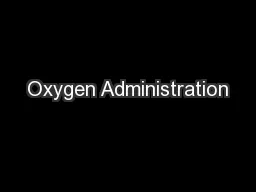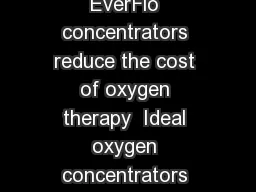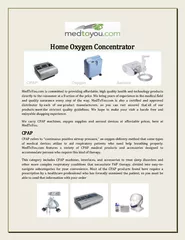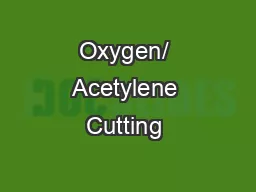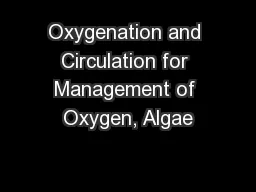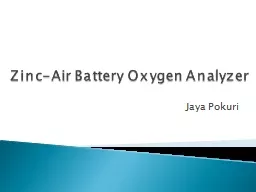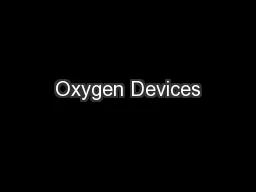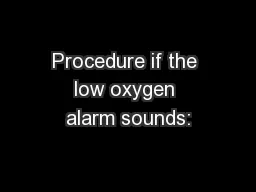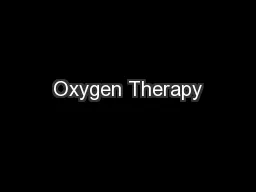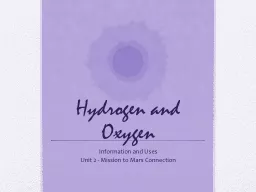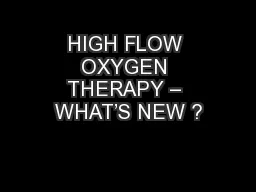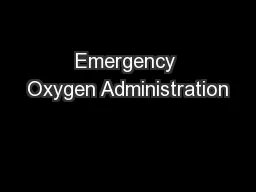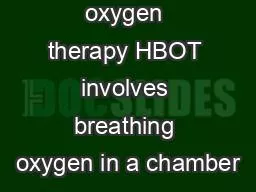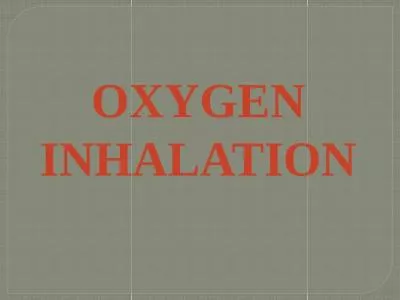PPT-Oxygen Administration
Author : tawny-fly | Published Date : 2017-05-25
Los Angeles County EMS Agency EMS Update 2013 Objectives At the end of this education module the viewer will be able to Define Cellular metabolism Oxidative stress
Presentation Embed Code
Download Presentation
Download Presentation The PPT/PDF document "Oxygen Administration" is the property of its rightful owner. Permission is granted to download and print the materials on this website for personal, non-commercial use only, and to display it on your personal computer provided you do not modify the materials and that you retain all copyright notices contained in the materials. By downloading content from our website, you accept the terms of this agreement.
Oxygen Administration: Transcript
Download Rules Of Document
"Oxygen Administration"The content belongs to its owner. You may download and print it for personal use, without modification, and keep all copyright notices. By downloading, you agree to these terms.
Related Documents

